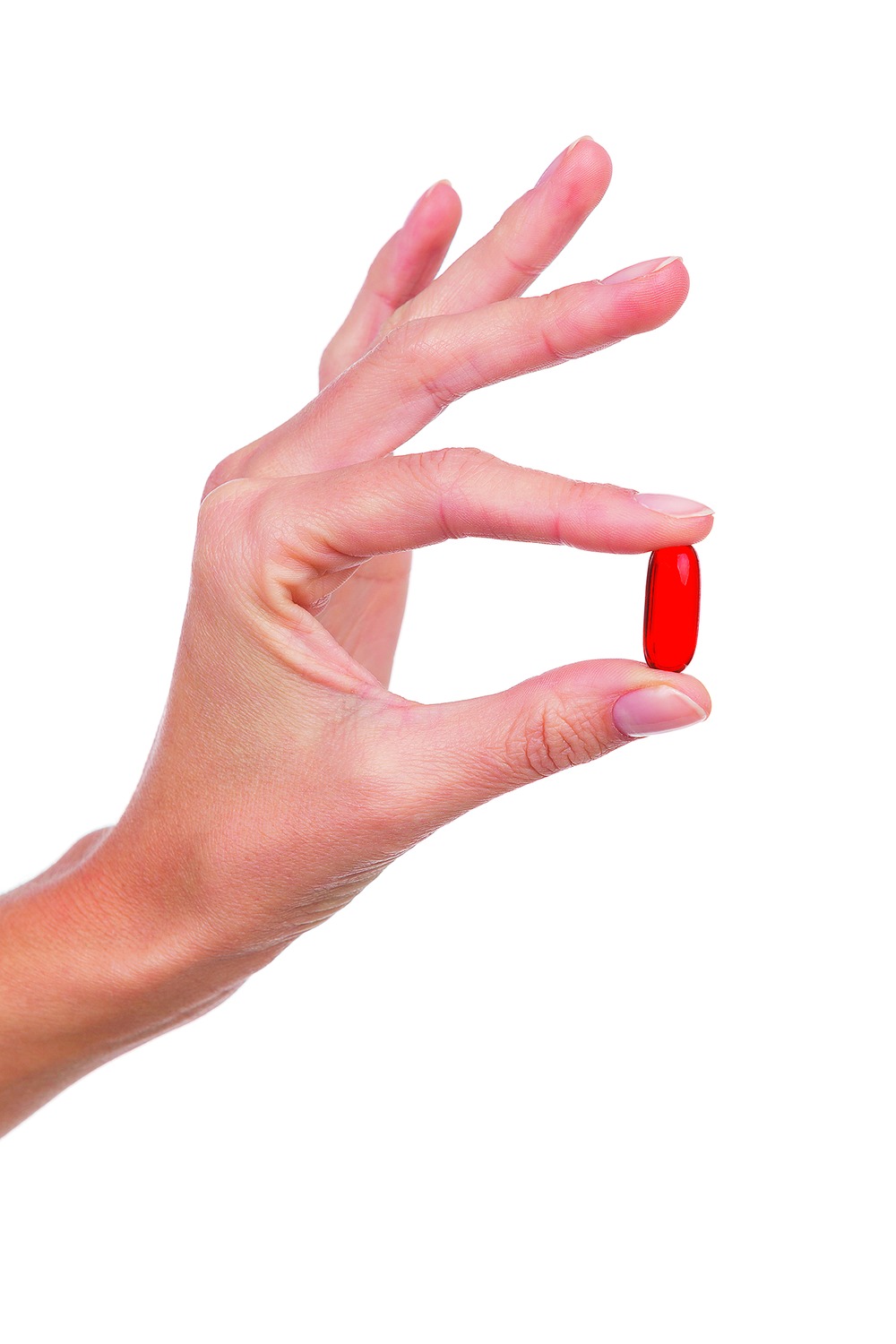
Does the name Telmisartan ring a bell? It is a medicine you will most probably have heard of if anyone in your family suffers from hypertension - it is routinely prescribed to fight high blood pressure. The pathways it follows to inhibit high pressure is known but the details are still a little hazy. A path-breaking work by a young molecular biologist to better define the route taken by pharmaceuticals such as Telma and anti-allergy medicine Allegra may help decrease the side effects these medicines have.
The findings of Arun Kumar Shukla and his team at the Indian Institute of Technology Kanpur, around 450km away from New Delhi, are so critical that those who are involved in designing new drug molecules can ignore them only at their peril. The hitherto unknown cellular mechanism that Shukla's team has just unravelled is critically important for developing drugs that are more efficient, safe and have fewer side effects.
The IIT scientists' work, recently reported in the journal Nature Communications, is related to how information about external environment is sensed and transmitted through cells.
Every living cell has a class of proteins - called G Protein-Coupled Receptors (GPCR) - sitting on its surface. These receptors are at the centre of every physiological process in our body. We see things when light particles fall on rhodopsin molecules in the retina, get to smell when the receptors in nostril cells get activated and flee when an impending danger approaches us as GPCRs in different types of cells receive chemical cues in the form of hormones, prompting different organs to act appropriately. These receptors also regulate everything from heartbeats to immune response. In short, these receptors work as gatekeepers of cells.
"So, it is not surprising that half the drugs in the market today, from painkillers to allergy drugs to pills for cancers and mental illnesses, work through these receptors," says Shukla.
"If we know how these receptors work - how they get activated and how they transmit signals to proteins inside the cell - we can design better and more effective drugs. But till very recently, we knew very little about these interactions and because of that we were mostly shooting in the dark," Shukla explains.
He would know. For, Shukla has learnt about these proteins from people who are considered the authority on GPCRs. Shukla, who hails from Kushinagar near Gorakhpur in Uttar Pradesh, was a graduate student of Nobel laureate Hartmut Michel - who won the 1988 Nobel Prize for chemistry - in Max Planck Institute in Frankfurt in Germany. Subsequently, he did his postdoc under Robert J. Lefkowitz and was also closely associated with Brian K. Kobilka. Lefkowitz and Kobilka shared the 2012 Nobel Prize in chemistry for their seminal work of mapping the family of GPCRs, which are over 800 in number.
Shukla says that working with these giants helped him to "focus on big questions and not be trapped in addressing trivial aspects that result in only incremental advances."
This class of receptors had fascinated Shukla since he was an MSc student of biotechnology in Jawaharlal Nehru University in the early 2000s. During his doctoral studies in Frankfurt, he focussed on these proteins, helping him get to Lefkowitz's lab at Duke University in North Carolina, where he subsequently was an assistant professor till 2014.
Since his postdoc days in Duke, Shukla has been interested in understanding how these receptors interact with proteins inside the cells. Till almost a decade ago, scientists had thought that these receptors worked only through G proteins in the cells. Soon, this understanding changed as Lefkowtiz's team discovered yet another signalling pathway called beta-arrestin.
Beta-arrestin was earlier known only as a "switch" that turned off the G protein function so that normalcy is restored in the cells. "Normally, the receptor (GPCR) remains in the 'off' state. When a ligand (a substance that forms a complex with a biomolecule to serve a biological purpose) comes in, GPCR gets activated, triggering a cascade of signalling activities inside the cell. Also as part of this activation, it undergoes a structural change, which is taken note of by beta-arrestin. This results in beta-arrestin binding to GPCR so that the latter goes back to the 'off' state, once the task is accomplished," explains A. Gopala Krishna, professor at Bhupat and Jyoti Mehta School of Biosciences at IIT Madras, who is unconnected with the present study.
<,>It was found that many drugs that are in use bind to both G protein and beta-arrestin pathways. Subsequent studies showed that while one of the signalling pathways brings the desired "effects" of the drug, the other was responsible for side effects. "Take morphine," says Shukla. "It is undoubtedly one of the best painkillers available, but it has severe side effects such as respiratory problems as well as constipation," he says.
"Studies have shown that the G protein pathway is responsible for 'good' effects of morphine whereas the beta-arrestin pathway triggers the cascade of undesirable side effects. Now if we can design a morphine analogue that binds only to G protein, those irritants could be ironed out," Shukla told KnowHow.
In some other drugs, the G protein pathway can be the villain while beta-arrestin passes on the desired effects, he adds.
The remarkable work that Shukla's students Punita Kumari and Ashish Srivastava contributed significantly to concerns the beta-arrestin pathway. It was earlier thought that to effectively transmit signals down the beta-arrestin chain, the receptor has to bind to two sites - on its tail as well as at the core - on the arrestin protein. "We have shown that binding to the tail alone is sufficient," says Shukla.
"These findings not only redefine our conceptual framework of how these receptors work at the molecular level but also have direct implications for ongoing drug discovery programmes in major pharmaceutical industries. These findings also put forward a novel mechanism for designing novel therapeutics with reduced side effects," says the IIT researcher.
"This novel and important understanding can immensely help those who are involved in designing newer drug molecules," says Krishna, who is involved in similar research.
A path-breaking work indeed.
Drugs that use the path
♦ Telmisartan, brand name Telma or TelmaH, for hypertension
♦ Olmesartan, brand name Olmesar, for hypertension
♦ Olmesartan Levocetirizine + Montelukast, brand name Montair LC, for allergic asthma
♦ Fexofenadine, brand name Allegra, for allergy
♦ Propanolol, brand name Ciplar, for migraine
♦ Metoprolol, brand name Met XL, for heart failure










